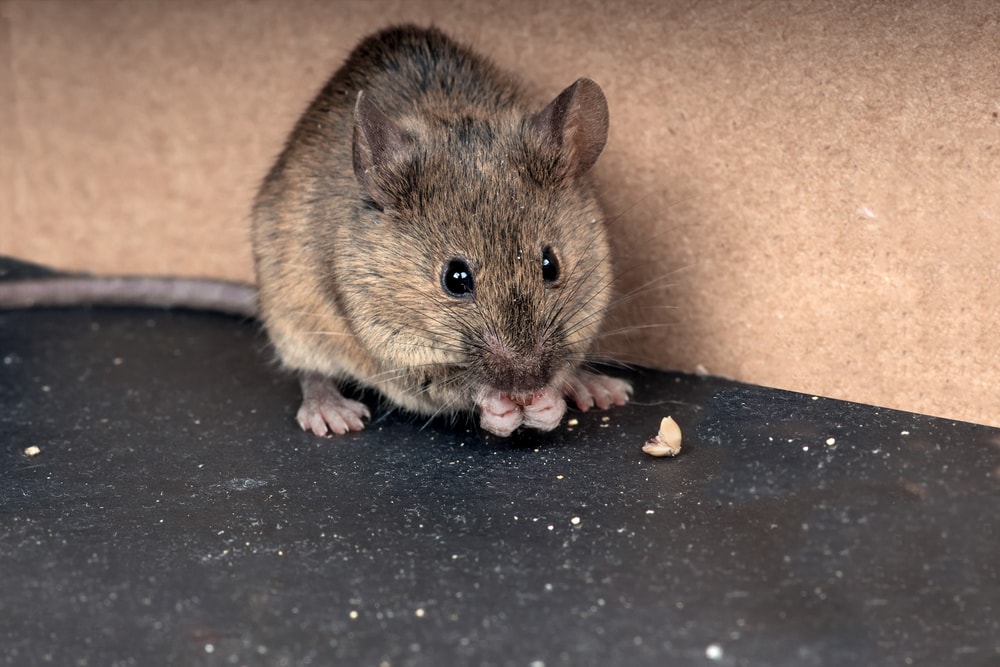Do rodents hibernate? Well, yes…and no.

Many animals hibernate through the winter, so it’s logical to ask if rodents fall into that category. To answer this question, you need to know that in total there are over 1,500 different species of rodents living in the world, making them the single largest group of mammals. And not all species are alike. Clearly you can see how capybaras — the world’s largest rodents — and house mice wouldn’t be exactly the same.
These differences come into play in terms of hibernation, too. Take a look at some of the different ways rodents handle the winter, as well as whether you can expect to find hibernating rodents in your home when the temperatures drop.
Do Rodents Hibernate?
There are, in fact, several different types of hibernating rodents, and they don’t all hibernate the same way.
For example, groundhogs (also known as marmots or woodchucks) are known as “true hibernators.” That means that when these rodents hibernate, they’re completely dormant for most of the winter season. Additionally, their body temperature can plummet more than 30 degrees Fahrenheit and their heart rate can slow from 80 beats per minute to five beats. In the months these hibernating rodents sleep, they can drop as much as a quarter of their body weight.
Chipmunks are also true hibernators. Unlike groundhogs, however, chipmunks do not rely on fat stores to make it through the winter. Instead, they wake themselves from their deep slumber every few days to eat the seeds and nuts that they gathered throughout autumn.
It’s important to note, though, that not all rodents hibernate. Many of them are just as active in the winter as they are during any other season. And some of these non-hibernating rodents may make their way into your home.
The Most Common Rodent Home Invaders
Mice and rats
Both mice and rats stay alert throughout the winter. However, they’re nocturnal rodents, so it’s not likely you’ll see them unless they’re in desperate need of a meal. Mice and rats typically have a small store of food and will venture out for more, but winter weather can drive them indoors for nourishment and shelter.
Tree squirrels
Because these squirrels aren’t seen as frequently in colder months, many people assume that they’re hibernating rodents. Well, they’re not. Tree squirrels don’t enter a dormant state, but they do tend to stick closer to their warm dens, which are stocked with food. Like mice and rats, they’re not above seeking out shelter in your home.
Where Can You Find Rodents in the Home?
As mice and rats can fit through smaller holes than tree squirrels, they have a few more options when it comes to which parts of your home they can access. Their goal is to find the closest place with air flow next to their food sources. Both can live in attics, walls, crawl spaces, basements and even behind cabinets. You may also find them in air ducts or venting systems, and mice have been known to burrow in insulation.
Most tree squirrels, on the other hand, are larger than rats or mice. Additionally, they’re not nocturnal, meaning they’ll be awake when you are. They’re going to do what they can to avoid you, so they’ll most likely stick to areas such as attics, crawl spaces and venting systems.
Where in the United States Are Rodents Active in the Winter?
Unsurprisingly, you’ll find rats and mice in all 50 states. If you live in an urban or rural area, your chances of having a winter run-in with one of these rodents is higher than it would be in a suburb.
There are several different types of tree squirrels, including the eastern gray squirrel, the American red squirrel and the fox squirrel. You’ll find tree squirrels across the U.S. with the exception of Hawaii. The species you see in your yard will vary depending on where in the country you live.
So, do rodents hibernate? Yes. Some of them do. But you’re more likely to find those that don’t sleep through winter — like rats, mice and squirrels — in your attic.



